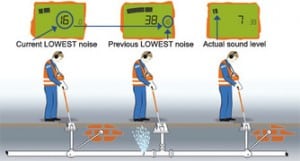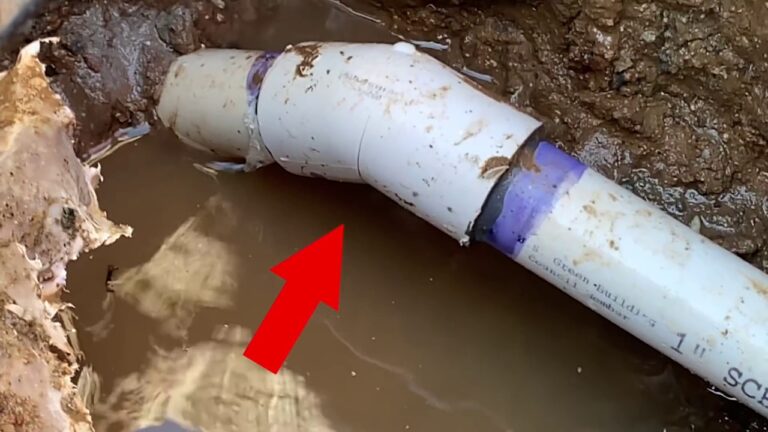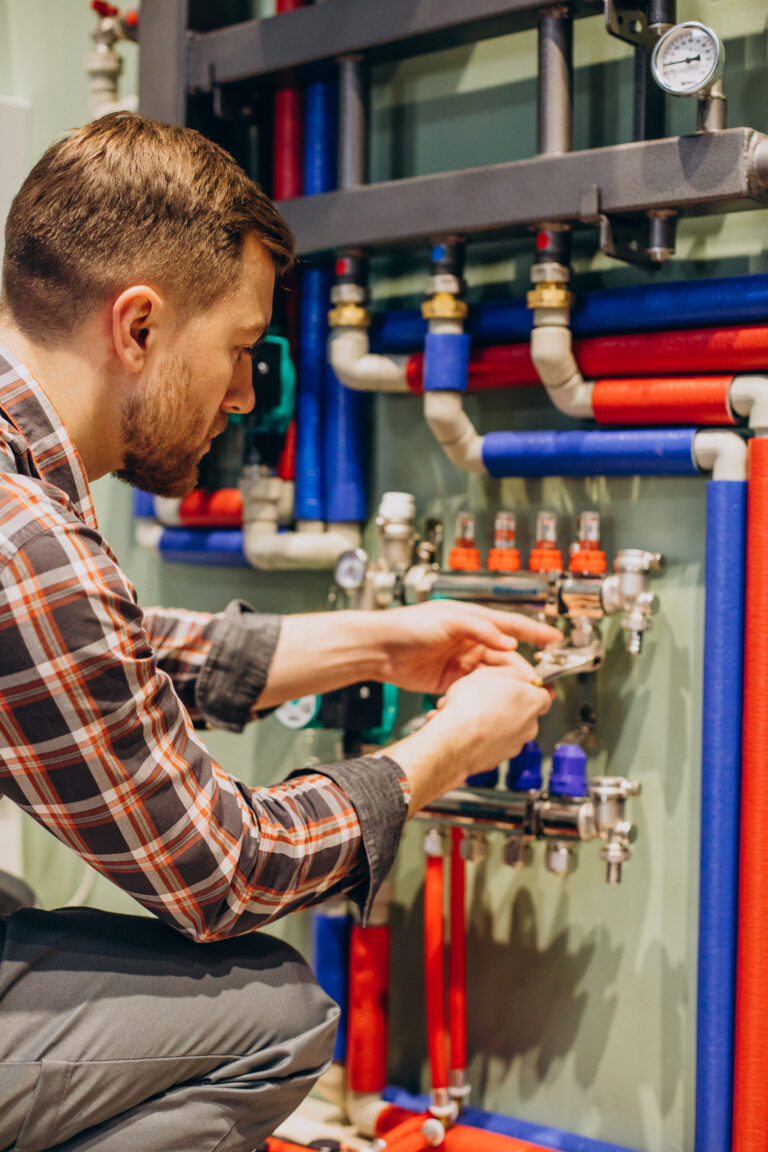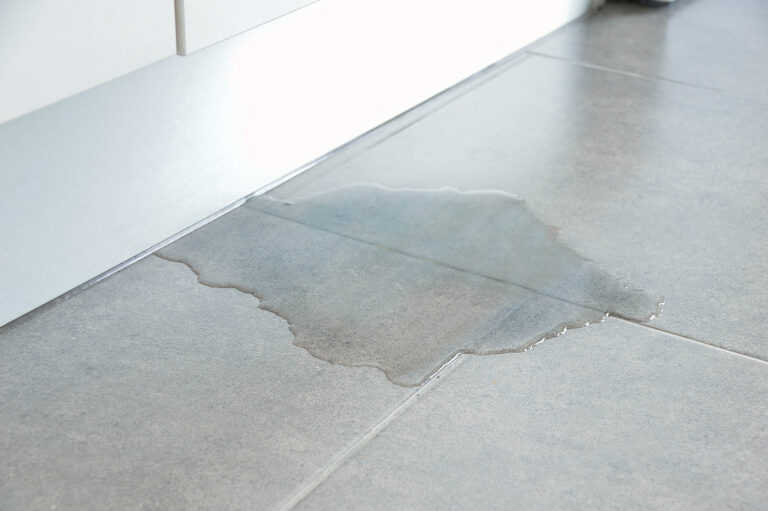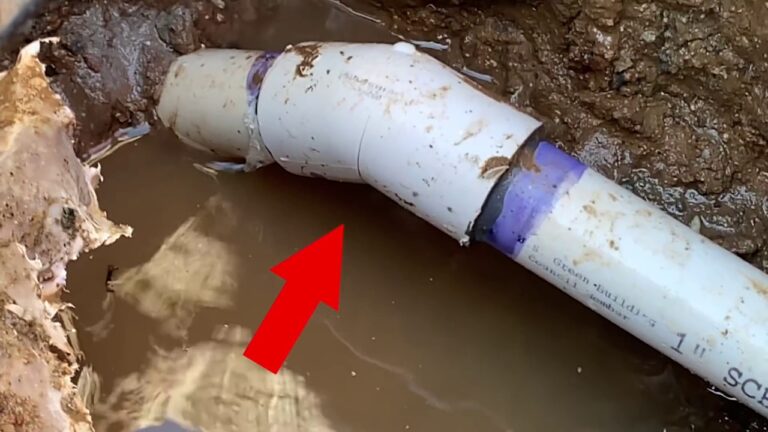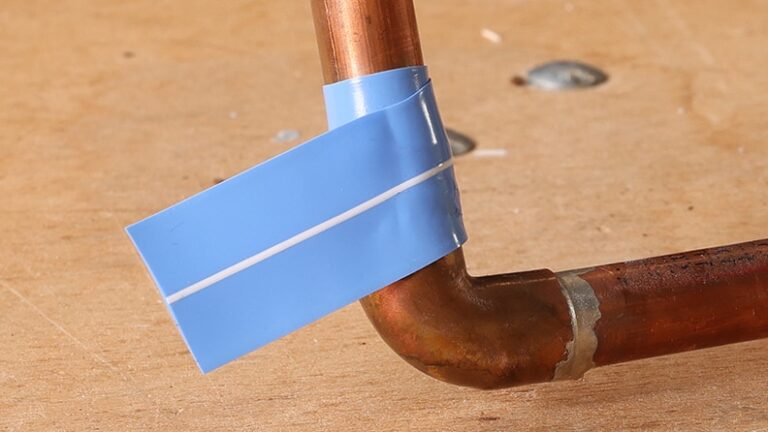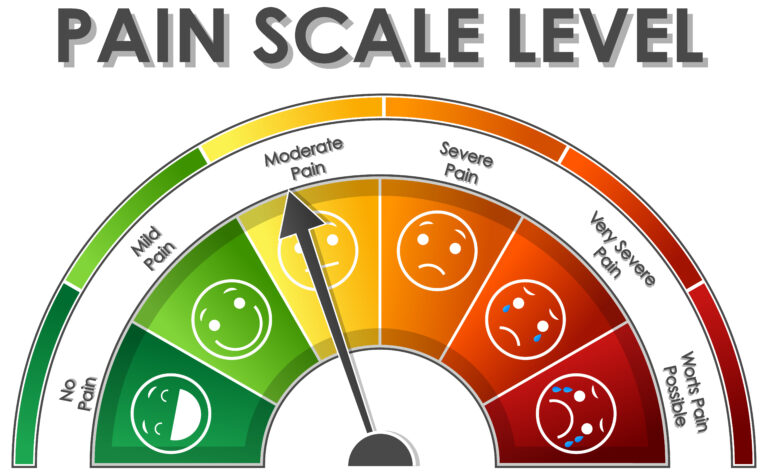How Are Plumbing Leaks Detected?
Plumbing leaks can be a major problem for homeowners, as they can cause water damage, mold growth, and higher water bills. It is important to detect plumbing leaks as early as possible, so that they can be quickly repaired. There are a variety of ways to detect plumbing leaks, including visually inspecting pipes, listening for the sound of running water, and using specialized tools such as water meters or infrared cameras. Taking the time to detect and repair plumbing leaks can help to avoid the costly damage that can result from an undetected leak.
Common Signs of Plumbing Leaks
When it comes to plumbing leaks, the key is to catch them early. But how can you detect a plumbing leak before it becomes a major problem? The answer lies in knowing the common signs of plumbing leaks and being aware of the potential damage they can cause.
One of the most obvious signs of a plumbing leak is an increase in your water bill. If you notice your water bill going up significantly without an explanation, this could be an indicator of a plumbing leak. It’s important to inspect your water meter as soon as possible to determine if there is a problem.
Another sign of a plumbing leak is the presence of water where it shouldn’t be. Check for water on the floor near your pipes, discoloration on the walls or ceiling, or moisture on the outside of your walls. If you find any of these signs, you should investigate further to determine if there is a plumbing leak.
In addition, you should be aware of the sound of running water when all faucets are turned off. This could indicate a slow leak somewhere in the system. You may also notice a musty odor in the house, which could be a sign of a leaking pipe.
By being aware of the common signs of plumbing leaks, you can take the necessary steps to fix the issue before it becomes a major problem. Investing in regular maintenance and inspections can also help to prevent plumbing leaks.
Professional Plumbing Leak Detection Methods
Detecting plumbing leaks can be a daunting task, but it’s essential to identify and repair any issues that arise before they cause major damage. Professional plumbers utilize a variety of methods to detect plumbing leaks, including visual inspections, water pressure tests, leak detection equipment, and smoke tests.
Visual inspections involve looking for signs of water damage, such as discolored drywall, wet flooring, or mold growth. Water pressure tests measure the pressure inside the plumbing system to locate weak spots that may be indicative of leaks. Leak detection equipment such as acoustic listening devices or infrared cameras can be used to detect leaks that may be hidden behind walls or ceilings. Finally, smoke tests use pressurized smoke to locate leaks in air ducts and other hard-to-reach areas.
The best way to ensure that leaks are detected quickly is to hire a professional plumber who has the experience and tools needed to identify any issues. Not only can they detect potential problems, but they can also provide solutions to help keep your plumbing system running efficiently and safely.
Potential Damage from Plumbing Leaks
Plumbing leaks can cause serious damage to your home if left unchecked. Leaky pipes can lead to structural damage, mold growth, and even costly repairs. In order to prevent such damage, it’s important to detect and address plumbing leaks as soon as possible. But how do you know if you have a plumbing leak? The answer lies in understanding the signs and potential damage caused by plumbing leaks.
Plumbing leaks can cause a variety of problems, ranging from staining and discoloration of walls and floors to the growth of mold and mildew. Water damage can also weaken the structure of a home, leading to cracks in walls, floors, and ceilings. If the leak is severe enough, it could even cause the home to flood. Damp environments also attract pests like ants, termites, and rodents.
It’s important to detect and repair plumbing leaks as soon as possible to prevent serious damage. By understanding the signs of a plumbing leak, you can identify potential problems and act quickly to address them. If you can’t find the source of the leak, or don’t feel comfortable attempting to repair it yourself, it’s best to enlist the help of a professional plumber.
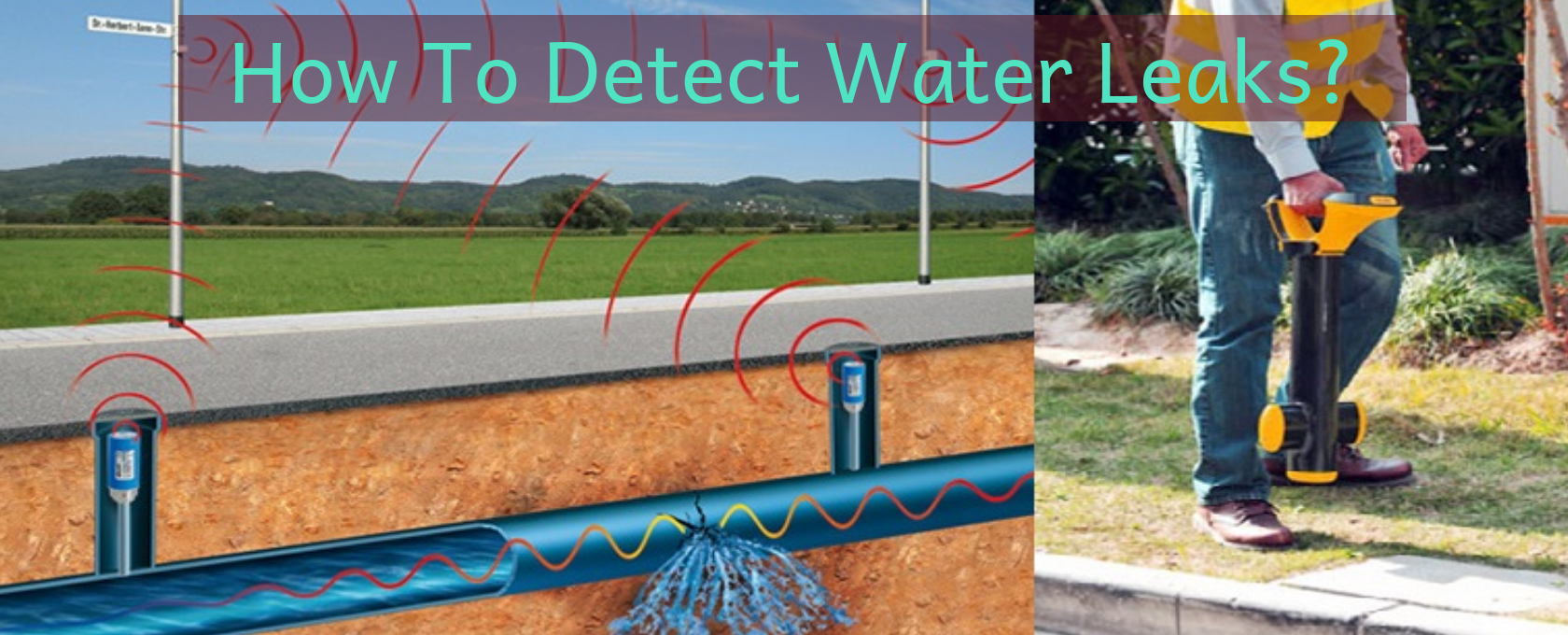
DIY Plumbing Leak Detection Strategies
Leaks in plumbing systems can result in extensive damage and financial losses for homeowners. Knowing how and when to detect a plumbing leak is the key to preventing these damages. DIY plumbing leak detection strategies can help homeowners identify and address plumbing leaks before they become a major issue.
The most common DIY plumbing leak detection strategies include visual inspections, listening for water running, and checking for wet spots on the walls or floors. Visual inspections involve looking for signs of moisture, such as wet spots or water stains on walls and floors, and checking for water pooling in low-lying areas. Listening for water running can help detect hidden leaks behind walls or under floors. Lastly, checking for wet spots on walls or floors can help detect plumbing leaks that are not visible to the eye.
In addition to these DIY strategies, homeowners can also use modern technology to detect and prevent plumbing leaks. For example, smart water sensors can alert homeowners of potential plumbing leaks, helping them to address the issue quickly. Additionally, some modern plumbing systems are equipped with leak detection sensors that can shut off the water supply when a plumbing leak is detected, preventing further damage.
By implementing the above DIY strategies and using modern technology, homeowners can detect and address plumbing leaks before they become a major issue. Doing so can help them save time and money in the long run.
Long-Term Plumbing Leak Prevention
Plumbing leaks can cause a lot of damage to a home if left unchecked. The best way to prevent plumbing leaks is to have a preventative maintenance plan in place. Regular maintenance and inspection of your plumbing can help detect small leaks before they become a major problem. It is essential to know the signs of plumbing leaks and how to detect them.
One of the most obvious signs of a plumbing leak is a change in water pressure. If you notice a sudden decrease in water pressure, it could be an indication of a leak. Additionally, if you notice any wet spots on the floor, walls, or ceilings, it could be a sign that a plumbing leak is present. Checking the water meter is also a great way to detect a plumbing leak, as it can show an increase in water usage even when no water is being used.
If you suspect a plumbing leak, it is important to call a professional plumber to inspect the area. A professional plumber can use specialized techniques and tools to detect and repair plumbing leaks. This includes leak detection equipment, such as infrared cameras, acoustic sensors, and more. By using these tools, a professional plumber can quickly locate and repair the leak, preventing further damage and costly repairs.
It is also important to take steps to prevent plumbing leaks in the future. This includes regularly inspecting and maintaining the plumbing system, checking pipes for signs of corrosion or leaks, and ensuring the system is properly sealed and insulated. Additionally, it is important to always keep an eye out for any signs of a plumbing leak, and contact a professional plumber if any issues arise. With regular maintenance and inspection, you can ensure your home is safe from plumbing leaks.
Final Thoughts on Detecting Plumbing Leaks
When it comes to plumbing, detecting leaks in a timely manner is key to avoiding costly repairs and long-term damage to a home’s structure. It can be difficult to figure out how to detect plumbing leaks, but when it comes down to it, there are a few reliable methods. Sound is the most common way to detect plumbing leaks, as running water and dripping from pipes can be heard with the naked ear. Visual inspection is also an effective way to detect plumbing leaks, as water stains, mold, and discoloration can be easily spotted. Lastly, using specialized tools such as moisture meters and thermal imaging cameras can give a more detailed and accurate look at where the plumbing leak is located.
Ultimately, the best way to detect plumbing leaks is to combine all of these methods, as each one has its strengths and weaknesses. By combining them, homeowners can get a complete picture of where the plumbing leak is located, and how to best fix it. With the right tools and methods, detecting plumbing leaks doesn’t have to be a daunting task.
FAQs About the How Are Plumbing Leaks Detected?
1. What are some common signs of a plumbing leak?
Answer: Common signs of a plumbing leak include a decrease in water pressure, an increase in water bills, damp spots on walls, floors, and ceilings, and the sound of running water when all the taps are turned off.
2. How can I check for a plumbing leak without calling a plumber?
Answer: Checking for a plumbing leak without calling a plumber can be done by inspecting all visible pipes and connections for signs of water leakage, looking for damp spots, and checking the water meter for any irregular readings.
3. What kind of equipment is used to detect plumbing leaks?
Answer: Plumbers use a variety of equipment to detect plumbing leaks, including video cameras to inspect pipes, ultrasonic leak detection devices, and pressure testing equipment.
Conclusion
Plumbing leaks can be detected by various methods such as visual inspections, electronic leak detection equipment, and the use of specialized tools and techniques. By taking the time to properly inspect and identify plumbing leaks, homeowners can save time, money, and the potential for further damage to their property.

